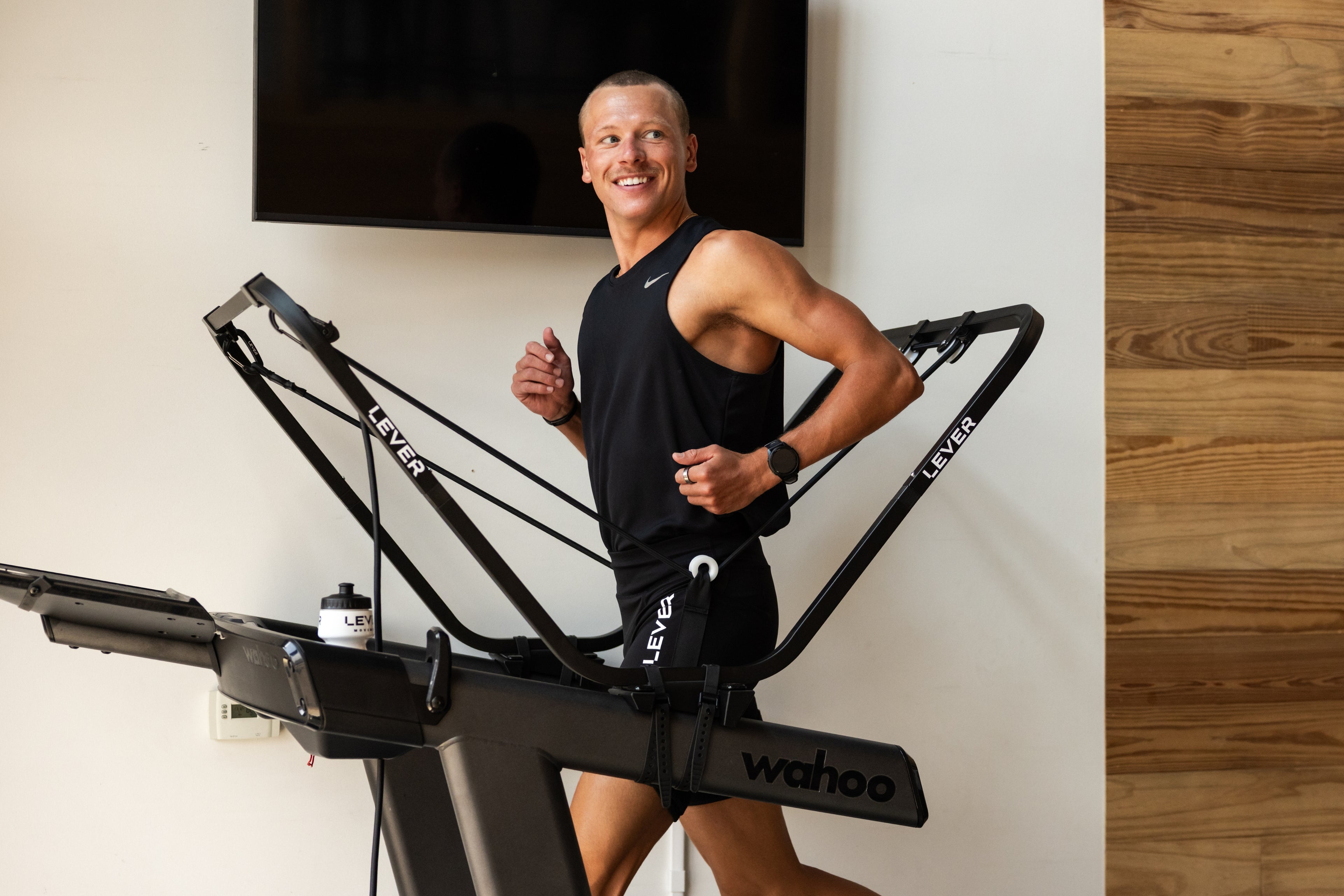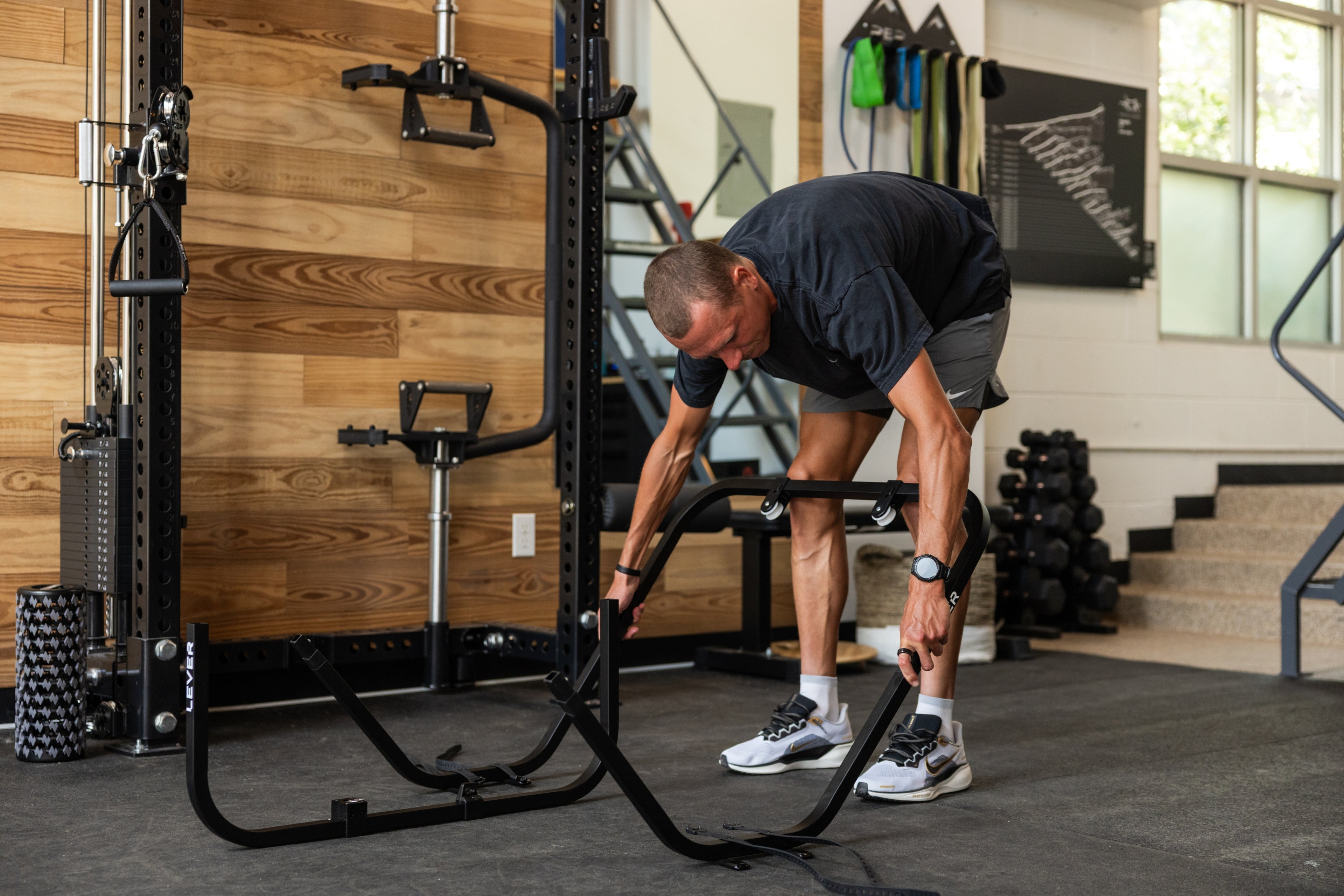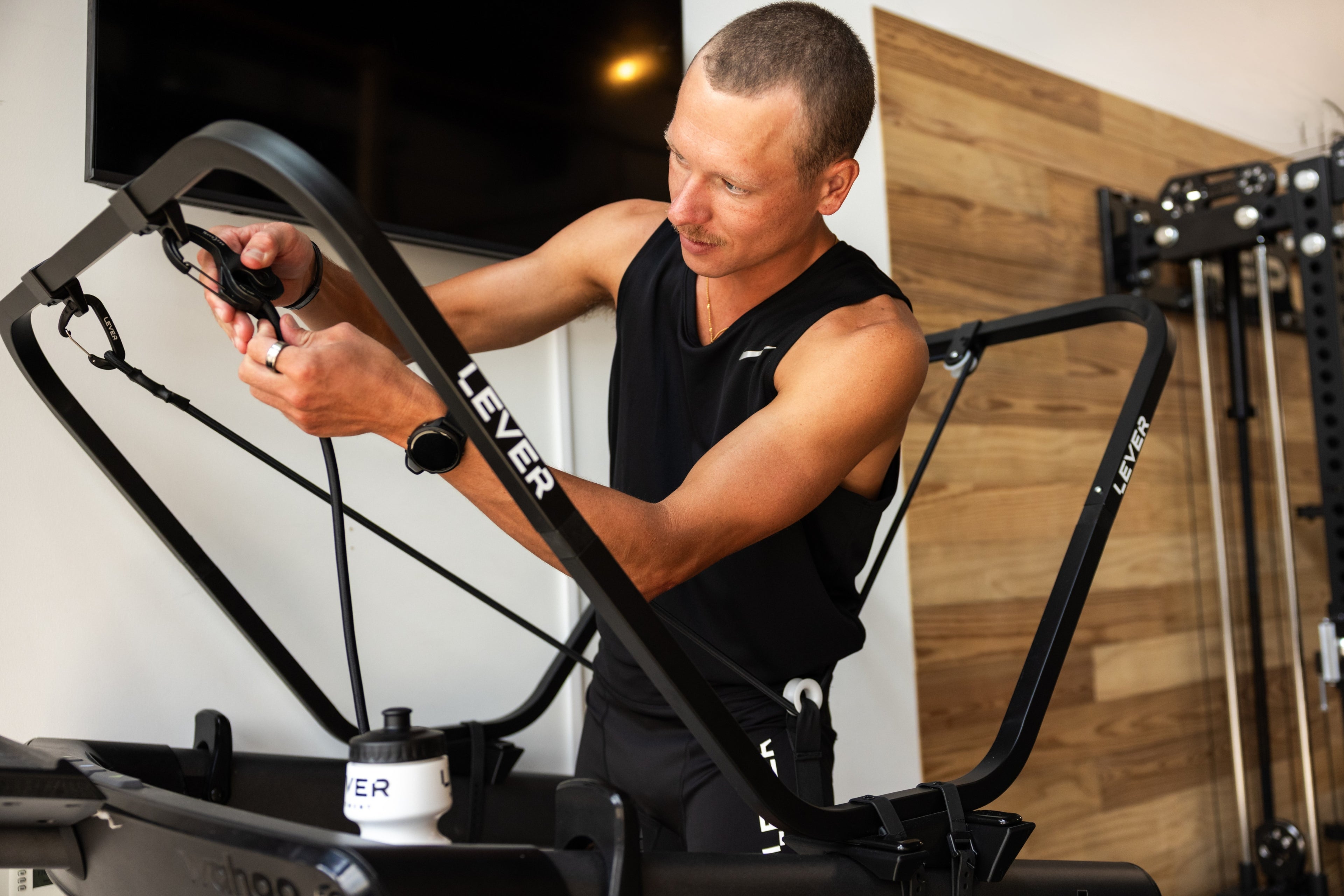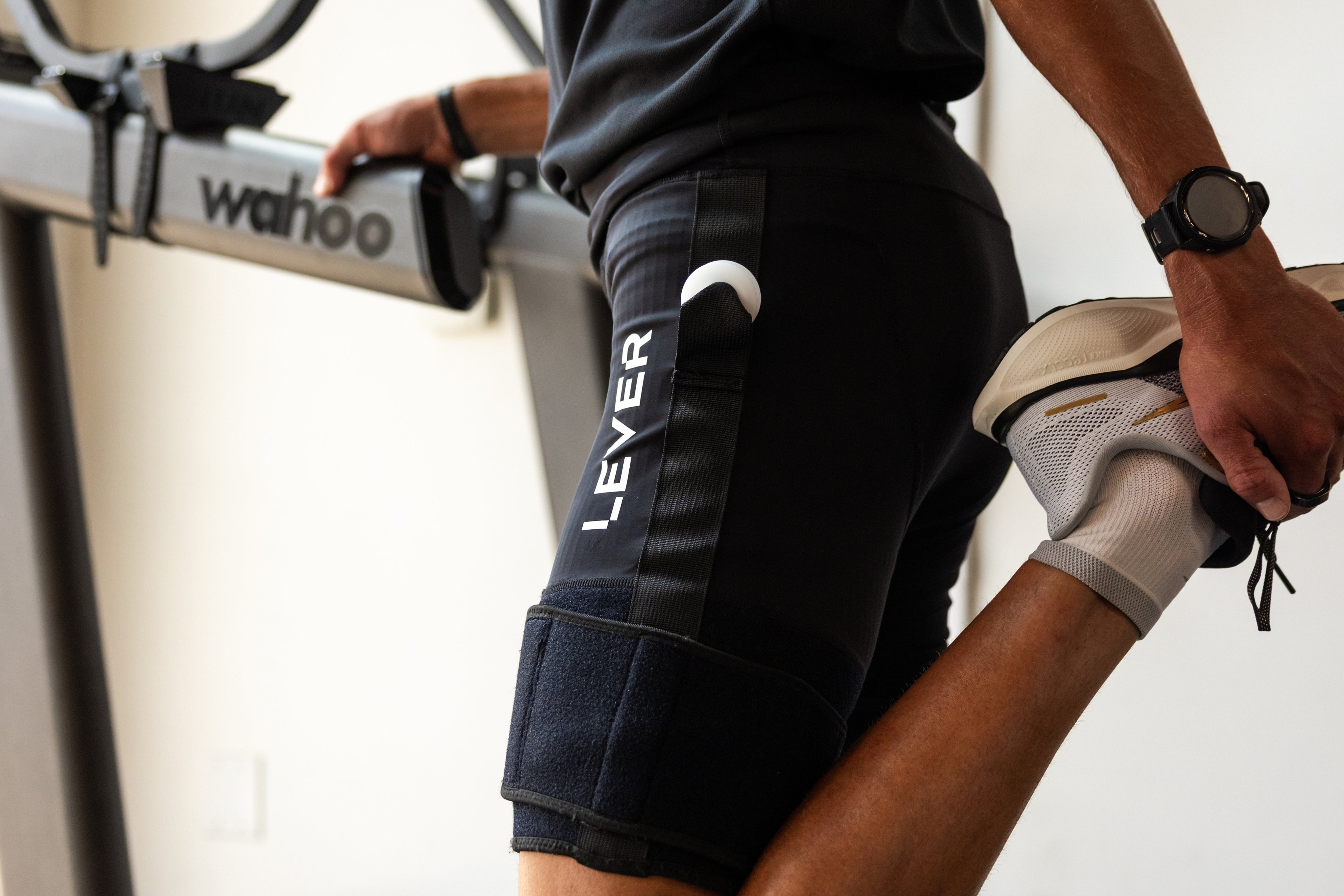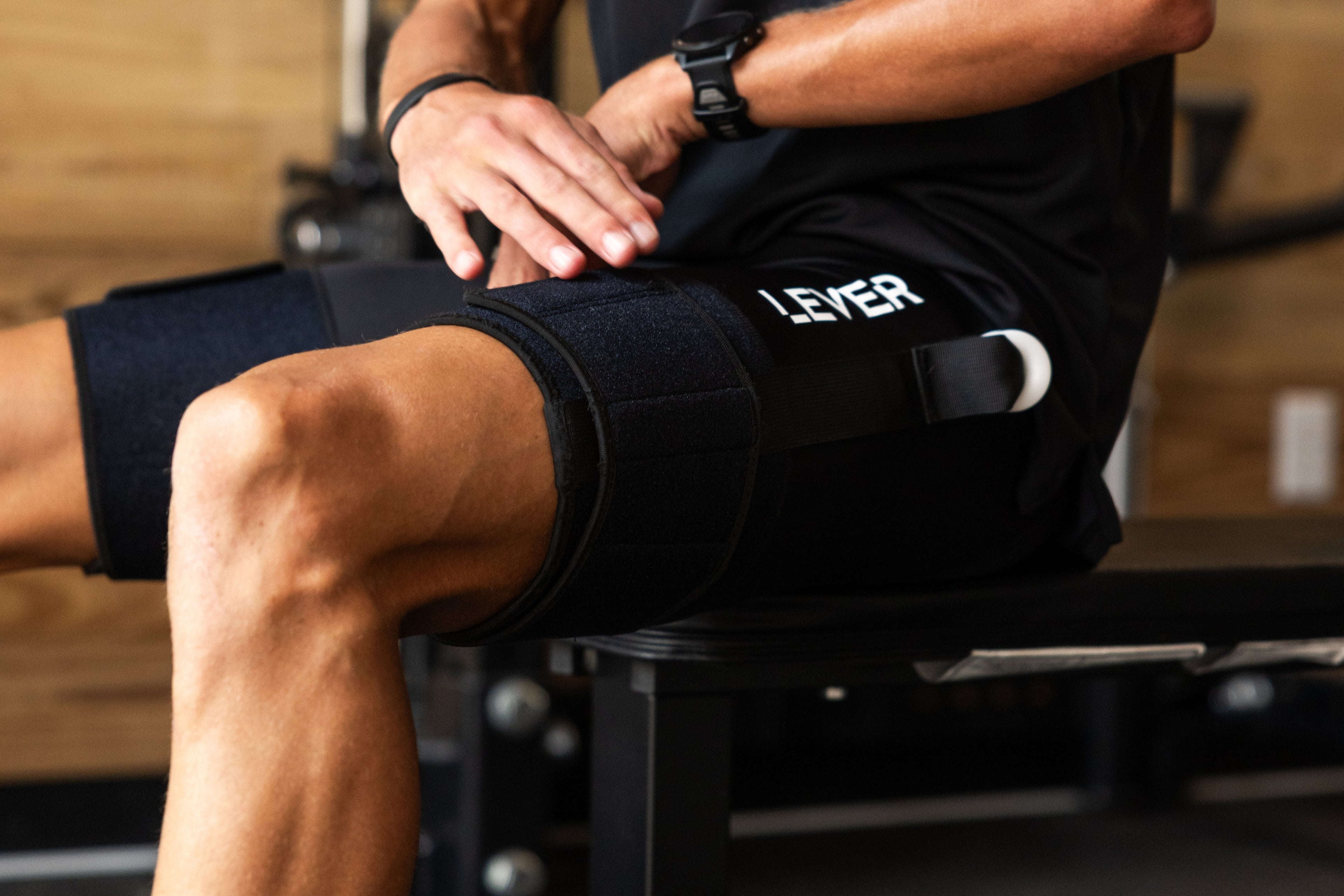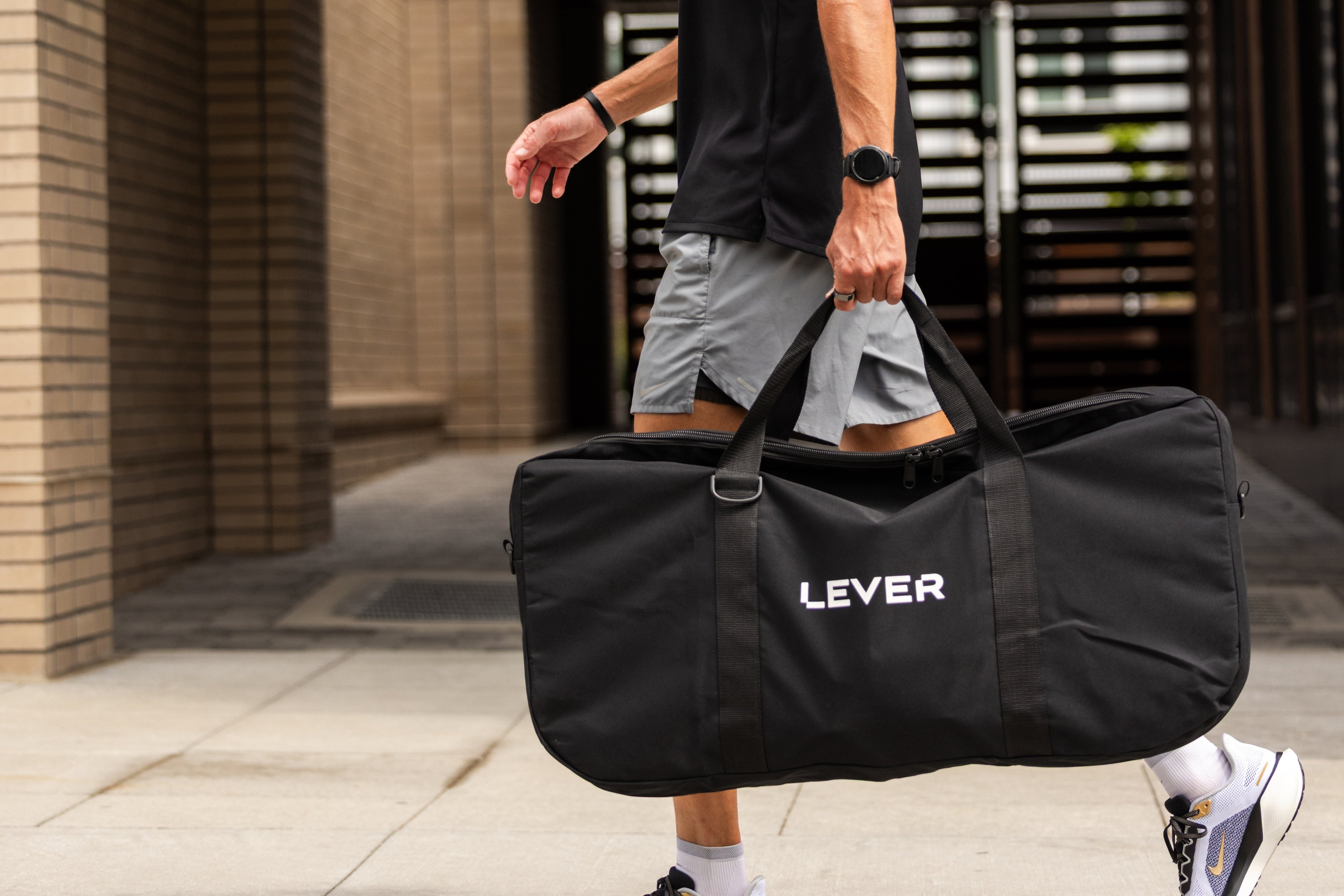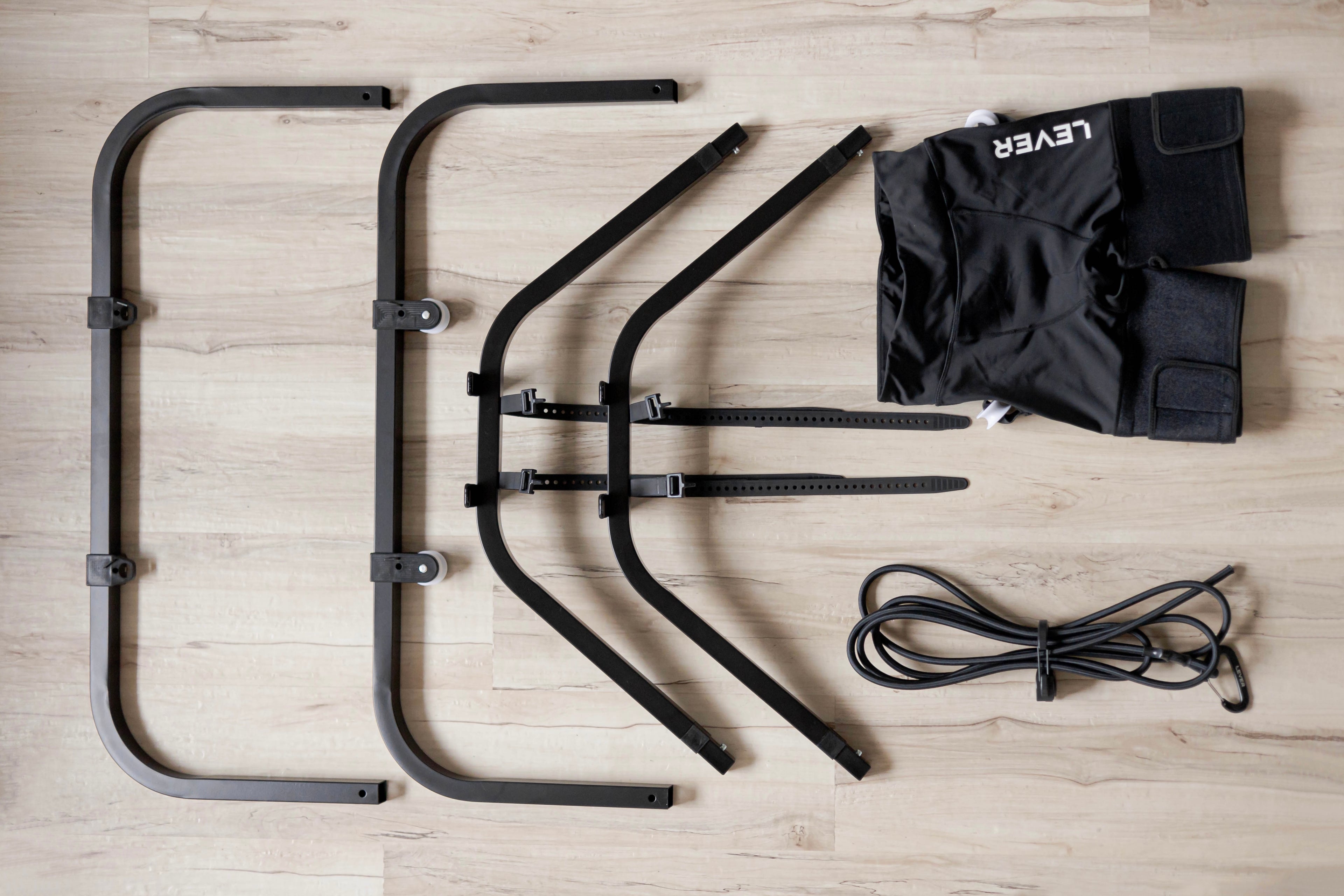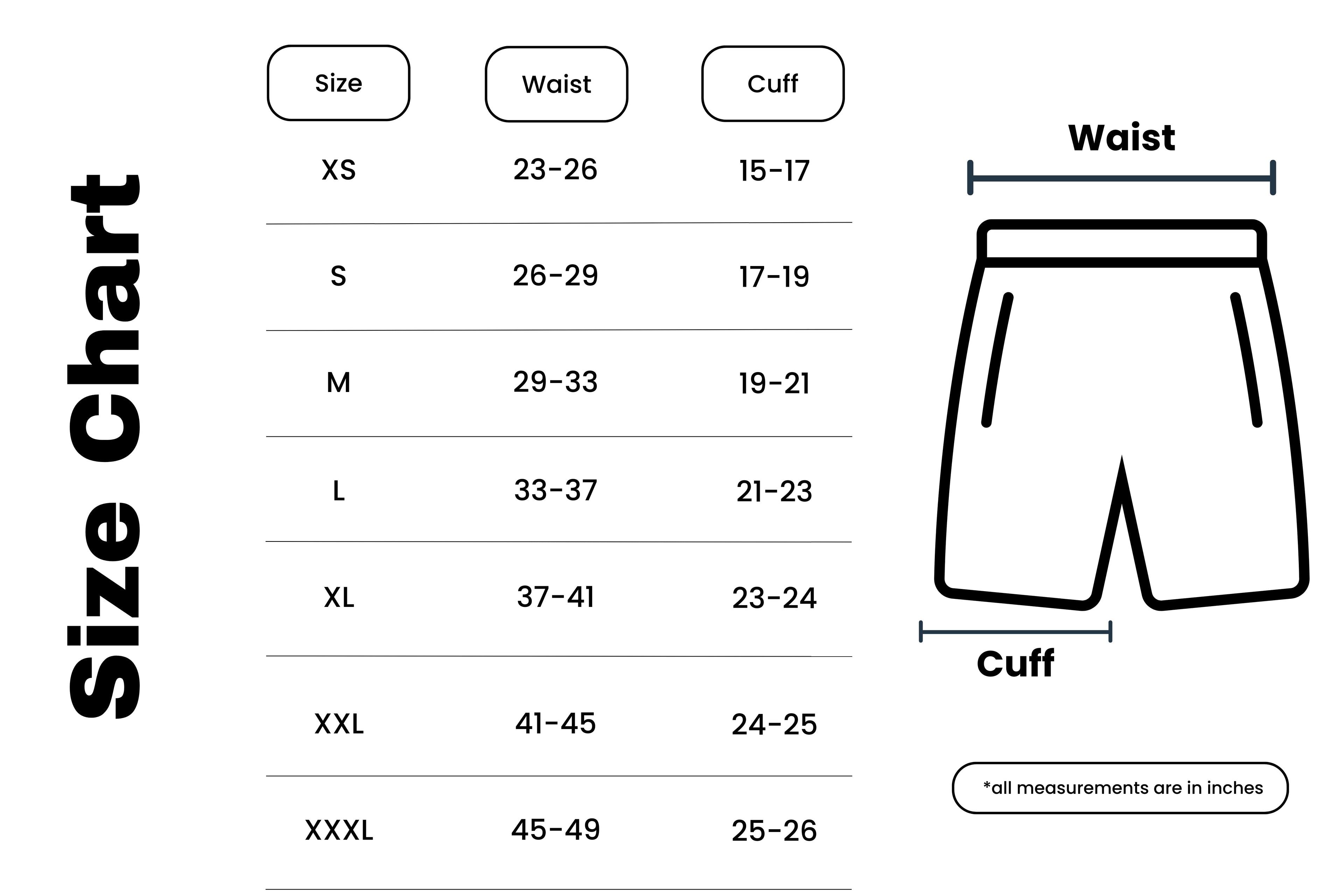The Science Behind Body-Weight Support and How It Speeds Recovery
Every runner knows the frustration of being sidelined by injury. You feel your fitness slipping away, your routine disrupted, and your goals put on pause. The question every injured athlete asks is simple:
“When can I run again?”
That’s where body-weight support training and the LEVER system can completely change the recovery process.
How Body-Weight Support Works
When you run, each stride generates ground-reaction forces equal to 2–4× your body weight. For healthy runners, those forces build strength. For injured tissues tendons, bones, or joints that same load can delay healing.
Body-weight support (BWS) technology works by reducing the percentage of your body weight during running. By running at, say, 80–90 % of your body weight, you can maintain movement patterns and aerobic conditioning while keeping impact stress low enough for tissues to recover.
Scientific evidence supports this:
-
A study by Grabowski (2008) found that decreasing body weight during treadmill running significantly reduced ground reaction forces while preserving natural running mechanics (Journal of Applied Biomechanics).
-
Heiderscheit et al. (2011) and others have shown that unweighting 20 % of body weight can reduce joint torque and impact forces by up to 40 %.
-
Roper et al. (2016) observed that body-weight-support treadmill running decreases tibial shock and loading rates while maintaining similar stride patterns (J Orthop Sports Phys Ther).
-
A systematic review by Vincent et al. (2022) concluded that lower-body positive-pressure treadmills allow earlier gait training and running with reduced pain, load, and swelling (Arthroscopy Sports Medicine and Rehabilitation).
In short, body-weight support lets you keep training adaptations without overstressing the injured area.

How LEVER Supports the Return-to-Run Process
The LEVER system brings that lab-tested concept to your own treadmill portable, adjustable, and easy to use.You can start with a higher percentage of unloading (15–25 %) and gradually reload week by week as symptoms improve.
This makes LEVER ideal for bridging the gap between complete rest and outdoor running.
PTs often use this approach to maintain fitness and confidence through the three classic return-to-run phases:
-
Protected loading: gentle jogging at reduced weight.
-
Progressive reloading: gradually increasing body-weight percentage.
-
Transition to full running: when tolerance, strength, and gait symmetry return.
Injury Examples: How Body-Weight Support Helps
1. Bone-Stress Injuries (e.g., Tibial Stress Reaction or Metatarsal Fracture)
Bone requires repetitive loading to remodel, but too much too soon restarts the injury.
Body-weight support allows controlled mechanical stimulus enough to encourage bone healing while keeping impact below the pain threshold.
Clinical takeaway: A 20 % load reduction can decrease tibial shock by ~40 %, giving bone tissue time to adapt safely (Neal et al., 2016).
2. Achilles or Patellar Tendinopathy
Tendons need progressive tensile loading to heal, but high ground forces during early running aggravate symptoms.
With LEVER, runners can perform sub-symptomatic runs, keeping tendon loading within the “therapeutic zone” while maintaining rhythm and cardiovascular endurance.
Result: Earlier return to running, improved tendon remodeling, and fewer flare-ups (Vincent et al., 2022).
3. Post-Surgical or Post-Knee-Injury Rehabilitation (e.g., ACL, Meniscus)
Early return to gait retraining and aerobic conditioning is critical after surgery.
BWS running supports symmetrical movement patterns without overloading the recovering limb.
Evidence: Patients using body-weight-support treadmills demonstrate improved quadriceps strength retention and reduced compensatory gait asymmetry in early rehab (Grabowski 2008).
Beyond Injury: Why Athletes Keep Using It
Elite athletes like Laura Philipp and Sara Hall continue to integrate LEVER even when healthy. They use partial unloading to increase training volume, perform recovery runs, or simulate altitude workloads without added stress.
The takeaway: body-weight support isn’t just for rehab it’s a long-term tool for durability.
Running again after injury doesn’t have to mean starting over.
With science-backed load reduction, precise progression, and the ability to maintain fitness, LEVER helps you move confidently from recovery to performance.
Train smarter. Recover stronger. Run again safely.
Learn how physical therapists and professional runners use LEVER to return to running safely → https://levermovement.com











